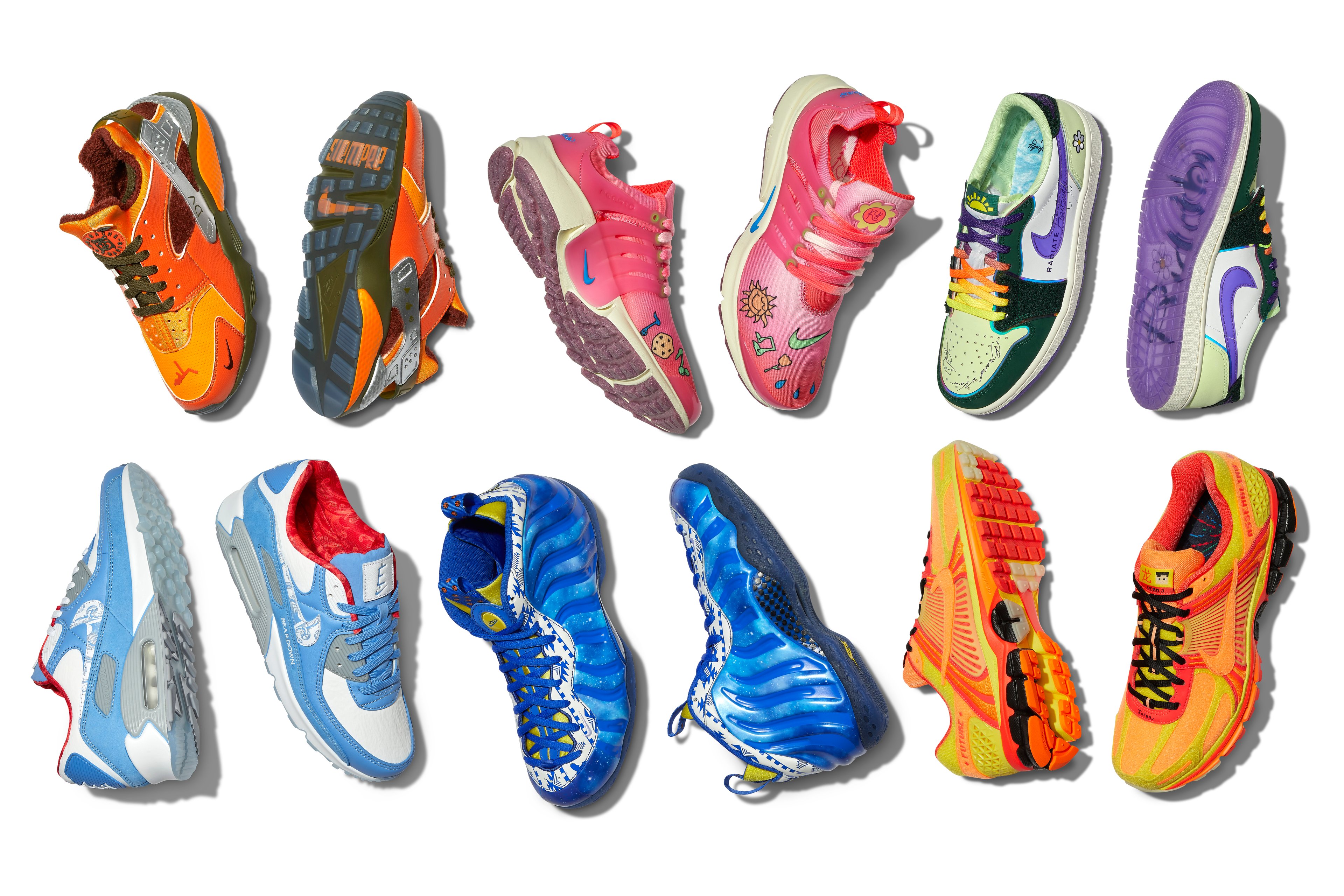
Football cleats made with 3D printed parts. Photo: Nike
Speaking at a conference in October, Nike (NKE 10.54%) COO Erik Sprunk said that we are not that far away from a future when shoes can be printed right in someone's home. However, 3D printing and its potential benefits for Nike's bottom line are not some sci-fi pipe dream -- if Nike can execute on this technology properly, which it's already proving it is capable of, 3D printing could be a major growth driver for Nike's earnings. Here are 3 reasons why.
1. Cheaper and more reliable distribution
Yes, 3D printing has the ability to allow consumers to make shoes at home, but that would require the use of home 3D printers on a large scale, which is probably not in the near future. However, Nike getting its own 3D printers at various distribution points around the world to make manufacturing easier, cheaper, and more reliable is certainly a near-term possibility.
Not only is Nike working on 3D-printed shoes, it has already made the world's first sports bag with 3D-printed parts, along with 3D-printed shin guards. Certainly not all of Nike's gear is going to be 3D printed, but parts of many items could be manufactured that way already -- and more in the very near future. The next step, setting up printing and distribution hubs around the world, is the easy part.
2. Much higher margins
Being able to print shoes would help increase Nike's margins significantly in two ways. The first is through higher online sales, which cut out the reseller to give Nike a higher gross margin. 3D printing would make it even easier for customers to get custom-fit and custom-designed gear from Nike.com, and then get those products shipped to them immediately, as opposed to waiting for that custom gear to be made through normal distribution channels. This should help get more consumers buying directly from Nike and paying higher prices for custom fitting. In fiscal year 2015, Nike's DTC sales (including e-commerce and Nike-owned stores) grew 29% year-over-year, which Nike says contributed to a 40-basis-point increase in gross margin. 3D printing could boost online growth significantly higher.
The second way is through lowered cost of materials and manufacturing. A February 2014 report by Deutsche Bank noted that Nike's shifts in manufacturing its "Flyknit" footwear, especially related to using 3D technology, could allow Nike to reduce labor costs by 50% per unit and decrease material usage by 20%. This is specific to Flyknit gear, and those analysts didn't give a specific timeline. Still, you can see how 3D printing can help lower input costs with cheaper and more versatile material, and less waste.

Nike Vapor Cleat from 2014, on sale after multiple iterations of printing and testing. Photo: Nike
3. Better and faster research and development
There are other companies already working on sophisticated customization apps allowing users to take pictures of their feet and have shoes built to specifically fit their size and shape. That customization is great for consumers, but Nike is taking this a step further and using those kinds of tools to quickly print shoes, test them, make improvements, and test them again.
Last year Nike introduced its Nike Vapor Ultimate American football cleat. To make this shoe, Nike used 3D printing to quickly make models of the shoe for testing, then to recreate it and test it again. The end result is a customized high-performance cleat built in months, instead of what could have been years.






